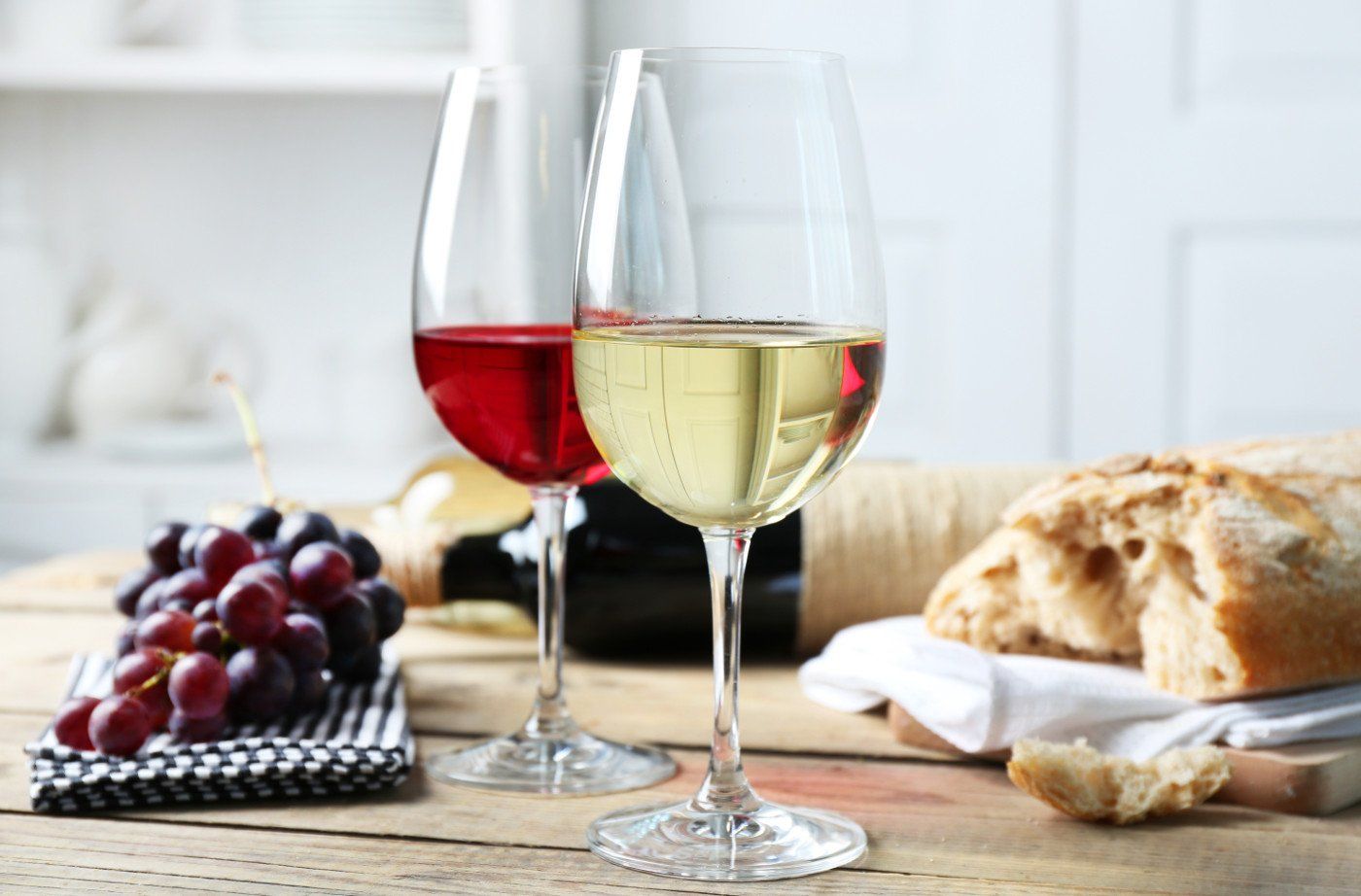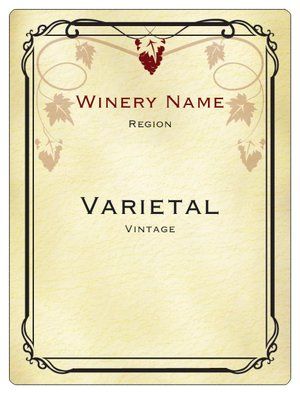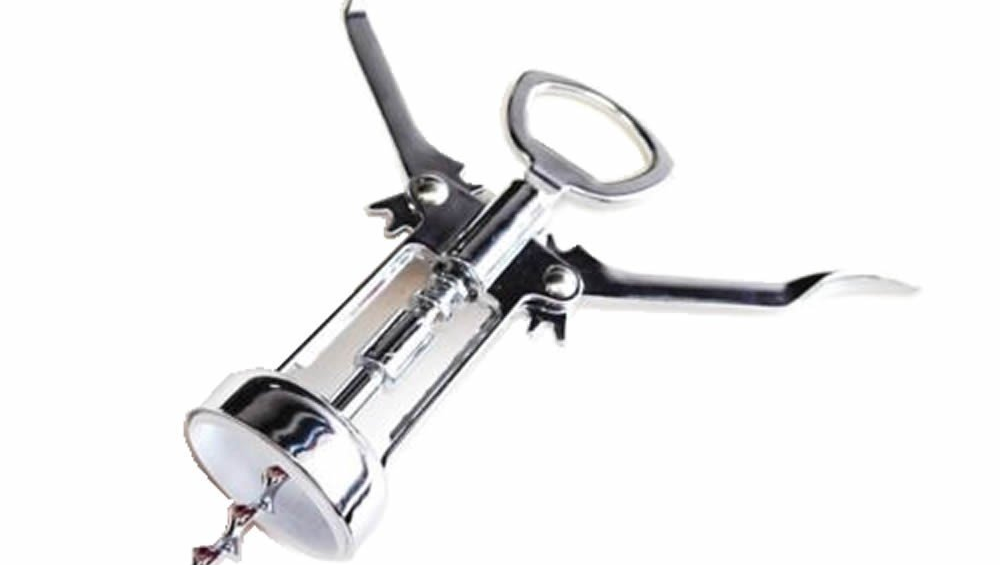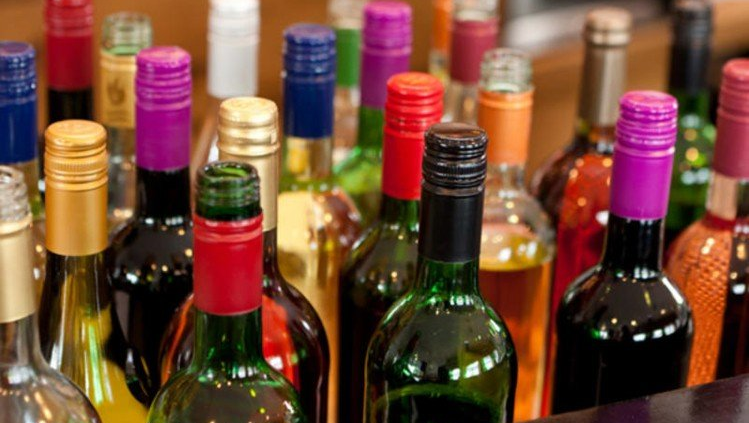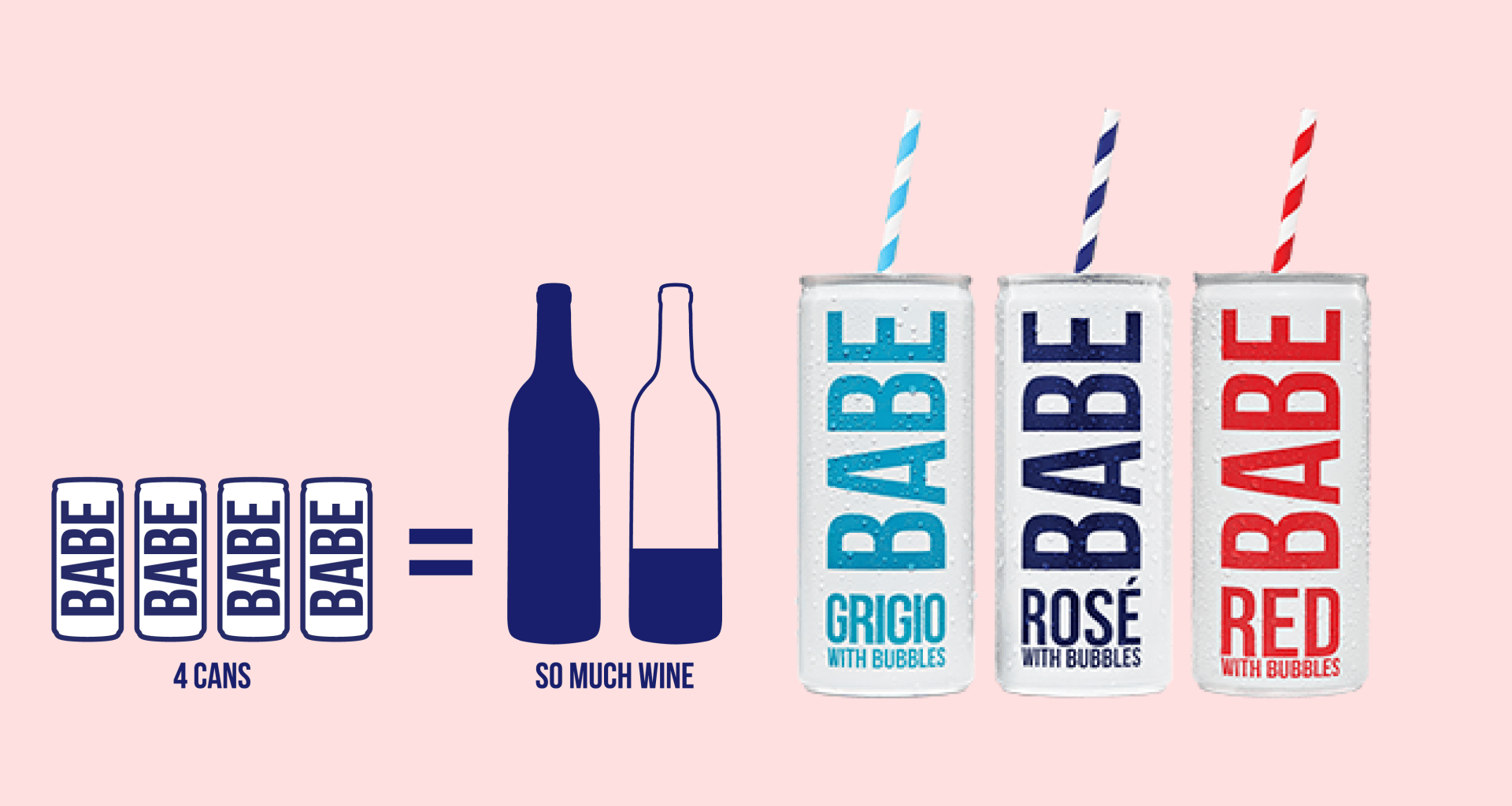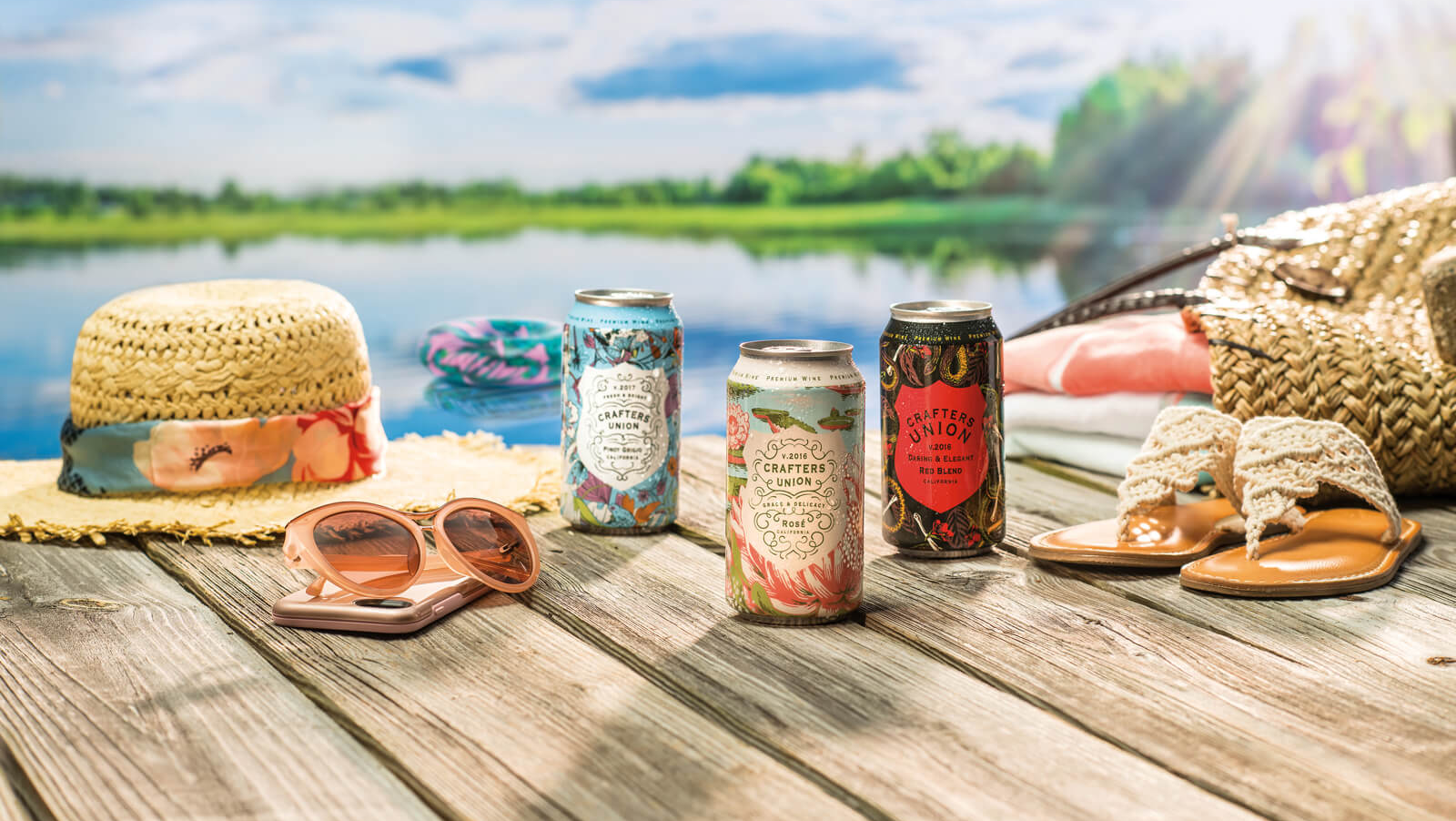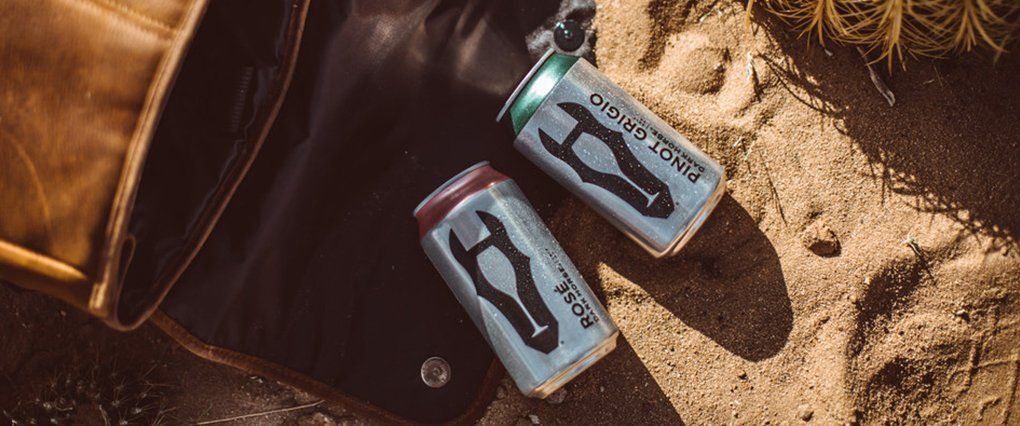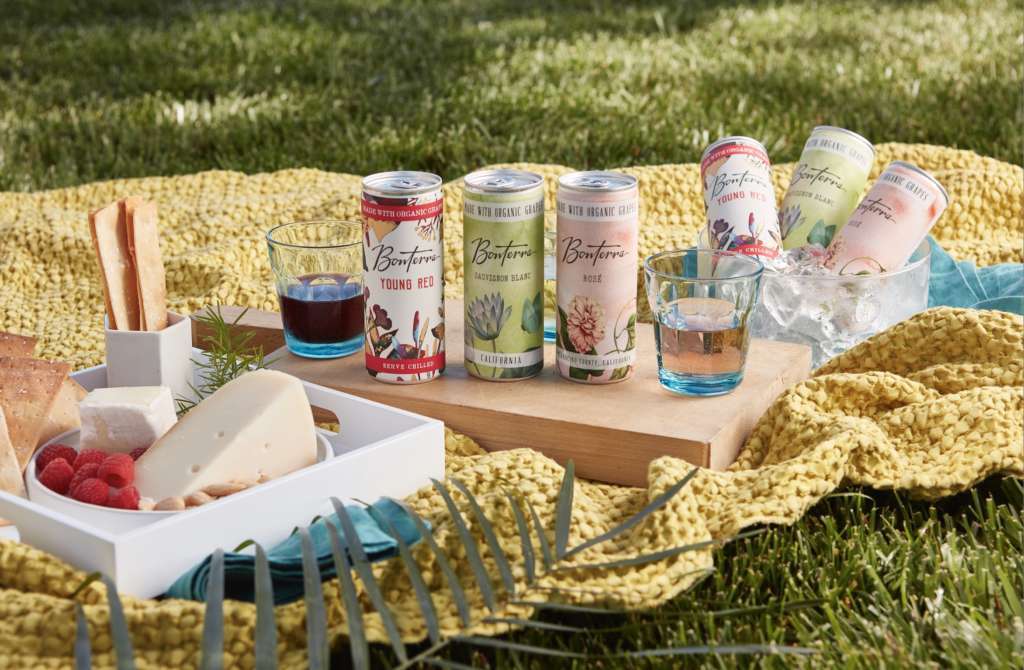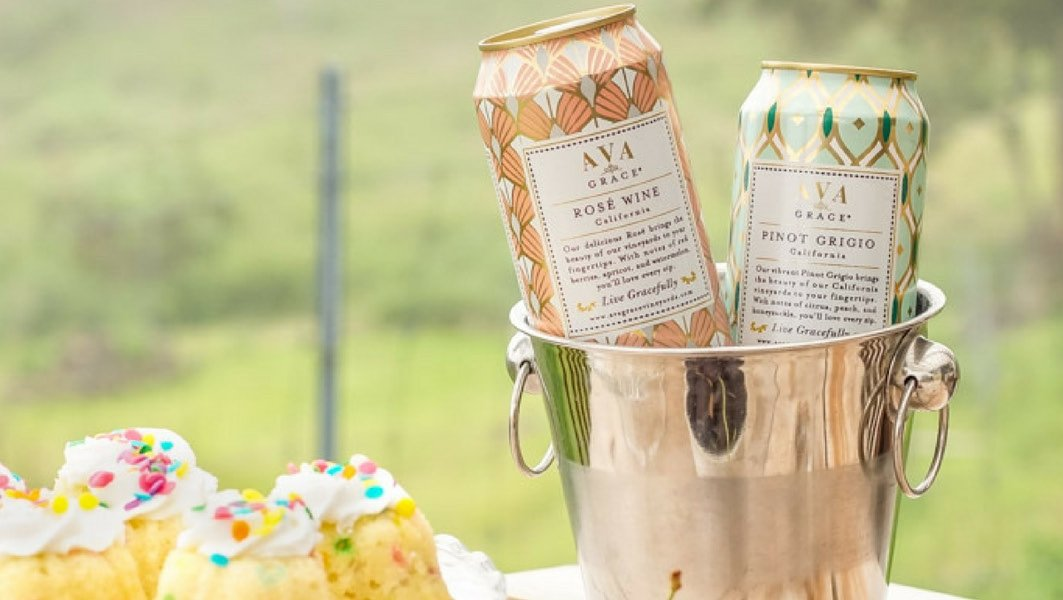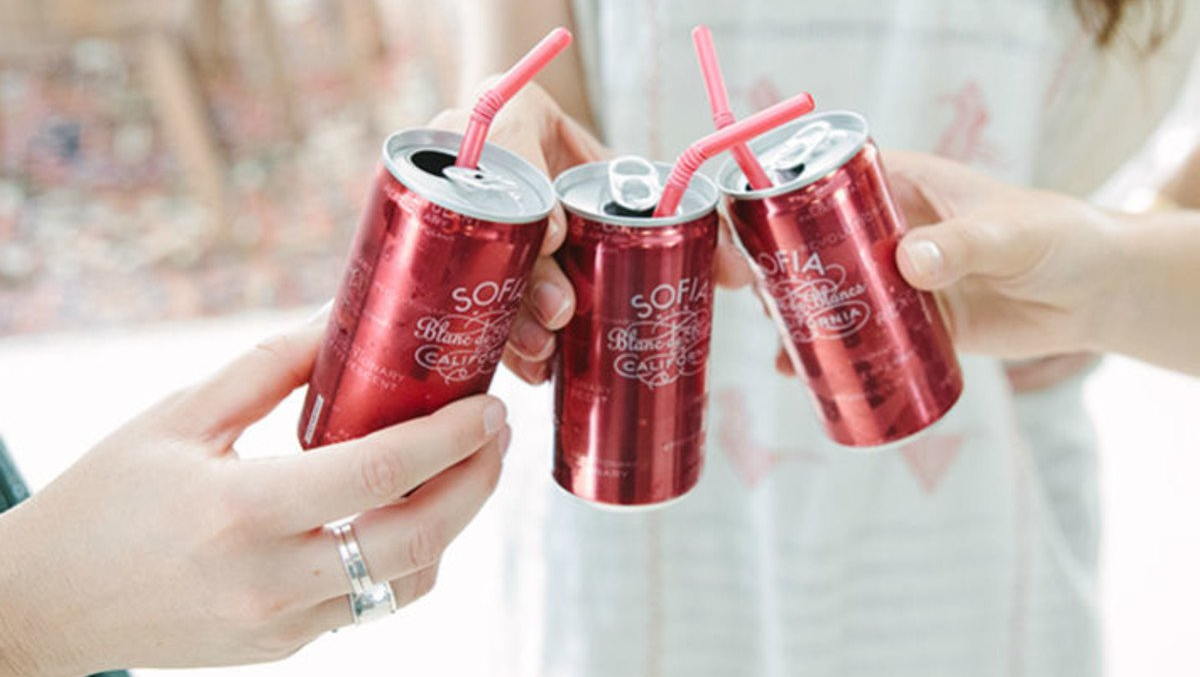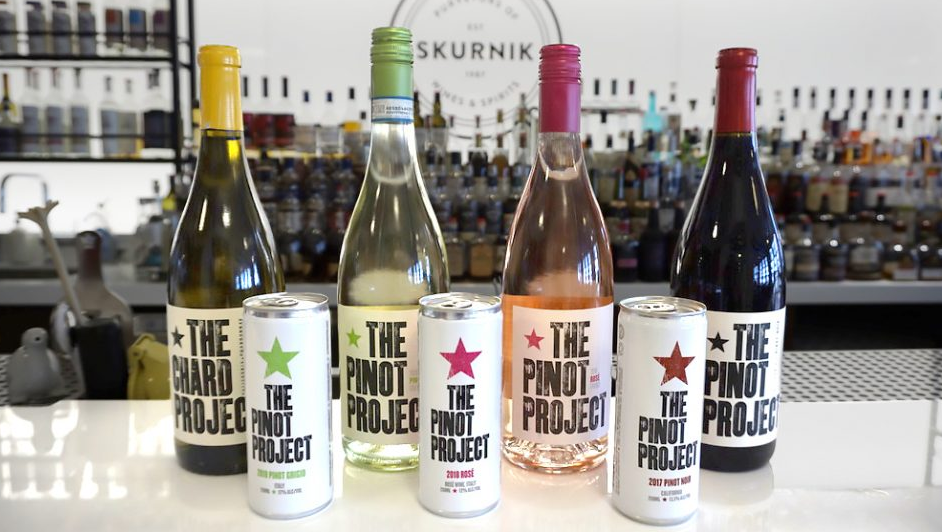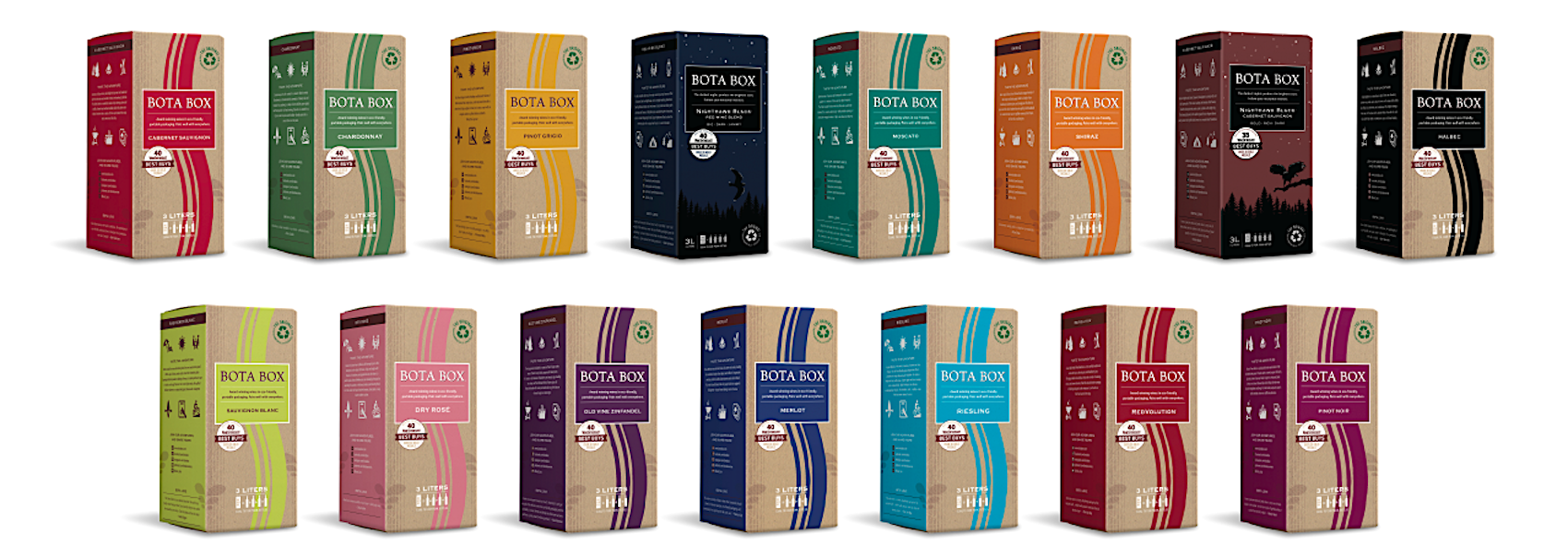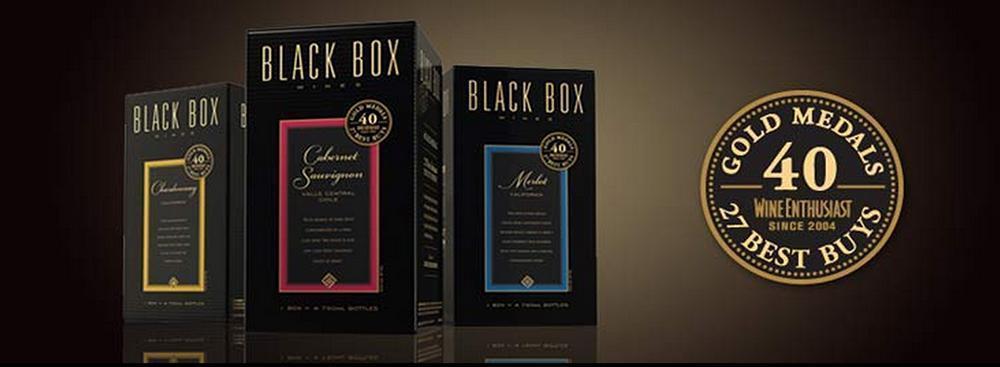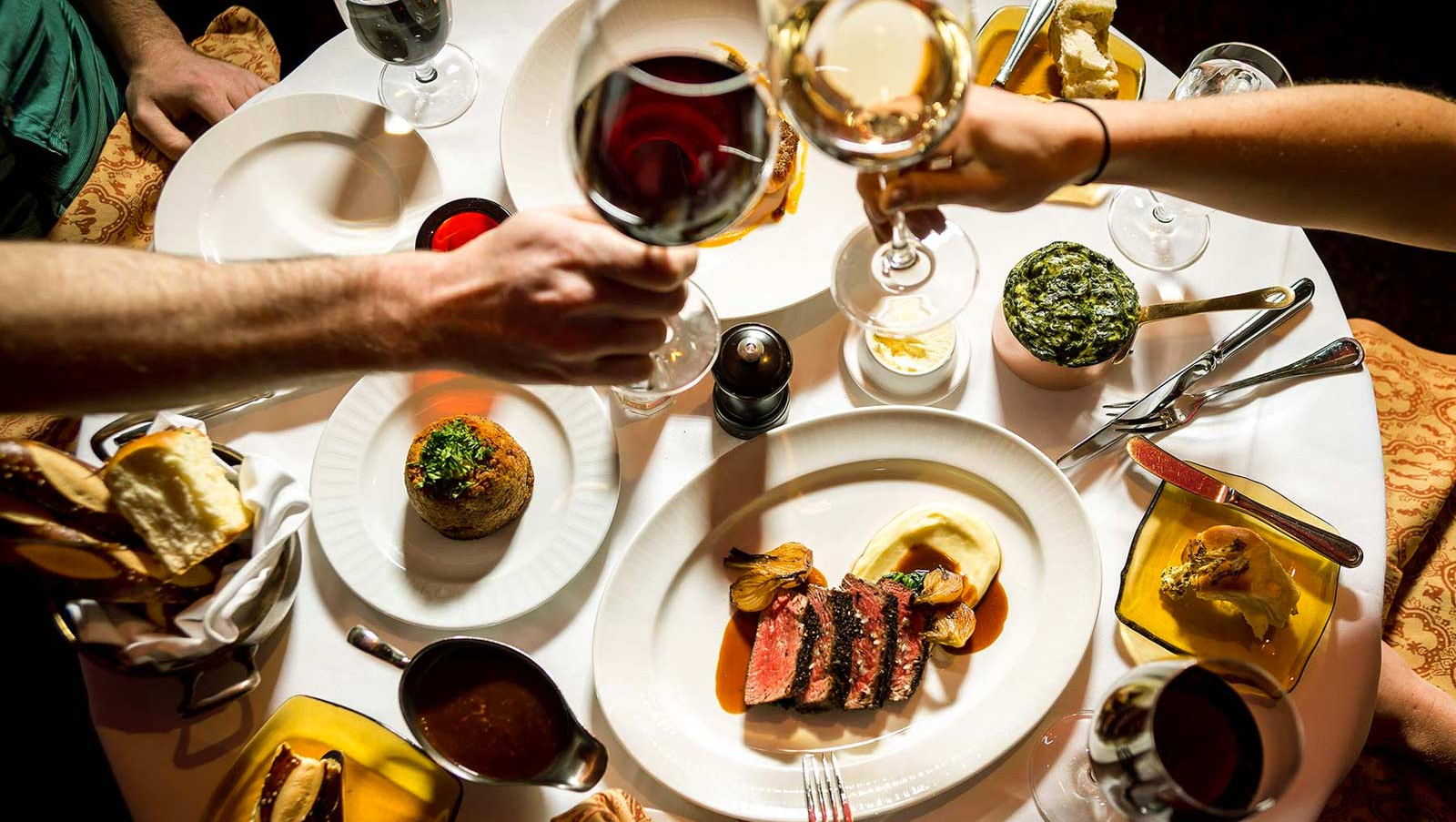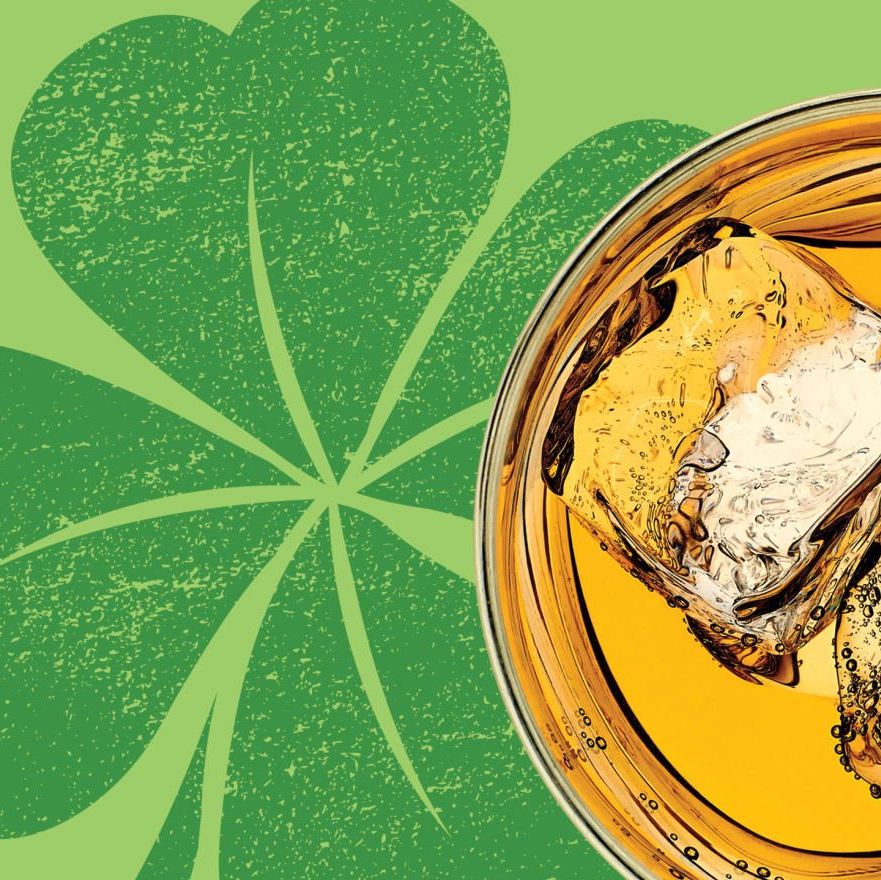Wine Basics for Beginners
January 10, 2020
While many people enjoy drinking wine themselves, they may feel intimidated by what seems (at times) like the stuffy culture & particular etiquette that goes along with the world of wine. We’re here to break down some of that allusion with helpful tips & know-how for those beginning their journey of learning.
Although we know wine represents the important things in life: quality time with friends & family, relaxation, letting loose, pairing with a nice meal, celebrations, brunch…. We also realize there is relevance to knowledge and presentation.
Where to Start: Read the Label.
The front of the bottle will let you know the following four things:
Winery –
Their Name. Often, it’s named after the family who created it. Other times there are fun backstories so it's great to explore. They can be conversation starters for your next get-together or party.
Region –
Location. Certain places and climates are better for growing grapes than others. And individual varietals may do exceptionally well in a specific region. For example, Argentina is known for Malbec whereas New Zealand is known for Sauvignon Blanc.
Extra Credit: Impress by using the term Terrior (pronounced t-air–w-are); “the complete natural environment in which a particular wine is produced, including factors such as the soil, topography, and climate.”
Varietal – Type of grape. Some popular ones include Pinot Grigio, Chardonnay, Pinot Noir, Merlot, Cabernet Sauvignon, etc.
Blends – these are created by blending the juice from multiple varietals, so you can pick up characteristics from the different grapes. The combination often balances out the extreme qualities of one grape. For example, Cabernet Sauvignon is bold and dry, so blending with other grapes will soften the taste of the Cab. Each White or Red Blend is comprised of a different percentage of grapes. Some wineries will disclose these ratios and what grapes go into it, while others do not. In that case, we like to refer to their mix of ingredients as a “trade secret” for only the winemaker to know!
Roses- Some do not realize, rose’s are often a blend of red grapes. The color of red wine comes from the skin sitting in the juice. With Roses, the skins rest for a small amount of time to give it their pink hues. Roses can also range from tasting sweet to dry, depending on the blend of grapes they use.
Vintage –
Year the wine was made. The weather during a certain year may yield better fruit than other years. If there was heavy rain one year followed by a drought the next, the year with rain would result in larger fruit and/or a bigger harvest. If it was a poor growing year, they may not be able to produce as much wine. Some wines are non-vintage, meaning they don't specify what year the wine was released.
Corks & Screw Tops & Cages, Oh My!
Wine is now packaged in a variety of ways, from the traditional corks all the way to boxes to buy in bulk. It's great to know the differences which can help you (or a customer) decide how much to purchase for a specific event.
Corks -
Most wines come with the traditional cork (either natural or synthetic), so you'll need to know how to open a bottle of wine. One thing to remember is to use a knife to cut the top of the foil before putting the screw into the cork. If you stab it right in there and pull out the cork, the foil will tear resulting in a not-so-professional look. Plus there's a big chance the wine will splatter as you pour it out, making a mess of everything.
Skrewpull Corkscrew - The simple design includes the metal curled wand and a wooden handle. Because it takes a bit of arm strength, these are not as popular as other models.Wine Key (aka Waiter's Corkscrew) - This version is usually easier to maneuver due to an added lever, often includes a foil cutter, and folds up like a Swiss Army knife. Portable and affordable, this is our go-to recommendation. It may take a couple tries for newbies to get the hang of, but once you learn it's as easy as riding a bike!
1. Place the fold out knife under the lip of the bottle and cut along the edge to remove foil.
2. Line up the corkscrew in center of the cork and twist until the curl is most of the way into the cork.
3. Place the first "step" of the lever onto the lip of the bottle.
4. Lift handle until cork is halfway out.
5. Place the second step on the lip, pulling until the cork is almost out.
6. Use your hand to pull the cork all the way out.
Winged Corkscrew - Also a popular option, this is probably the easiest on our list because it has two levers that allow you to have more cushion with positioning the screw into the cork and less energy used. However it isn't as small and portable, and is not recommended for wine that has been aged.
Screw Top - Previously associated with inexpensive wine, we find that false stereotype no longer applies in most people's minds. There are many quality brands that offer twist off caps which are convenient and ensures freshness. Put simply, you won't need to remember your wine key, and you won't get stuck with a spoiled bottle from a faulty cork. Optimal for an outdoor venue or your overnight hotel stay... but you can enjoy wine from a screw top any day of the week!
Cages -
The proper term is Muselet
(French for muzzle), but for our use the importance is knowing how to open a bottle of Champagne or Sparkling Wine. We definitely recommend against the Sabrage method (using a sword - It almost never works. Don't try it. But you can find some funny videos with a quick search)
Again, opening a bottle with a cage is pretty simple once you know what you're doing, but with everything the more you practice the easier it will come to you.
1. Make sure your bottle is chilled. A pro tip is to use ice and water to speed up the process.
2. Find the tab that allows you to open the foil, and peel away.
3. Use a cloth dinner napkin or towel; it adds an additional layer of security in the event that the cork flies out of the bottle from all that pressurized energy.
4. Twist the tab of the cage 6 times and loosen the wiring. Use your thumb to keep pressure on the top of the bottle.
5. Some professionals recommend leaving the cage on for added safety. If you do take off the cage, be sure to remove it quickly and keep pressure on the cork with your thumb.
6. Keep pressing on the cork (you see a theme here), twist the bottle slowly from the bottom until you feel the cork come out of the bottle. Contrary to what you see in the movies, it's more impressive to have a soft "psst" sound rather than a loud pop. Plus you don't want to waste that precious juice!7. Wipe the lip of the bottle before pouring.
Cans & Tetras - These are fun & portable, perfect for your outdoor events, poolside wine drinking, or parties where you don't want to do a lot of dishes afterwards. Cans are usually sold individually or in 4-6 packs. Tetras are like grown up juice boxes! No tools necessary of course. Another great option is to grab these if you like to have one glass of wine with dinner without opening a whole bottle. Also nice for portion control if you're counting calories! Often associated with beach outings & summertime, don't be fooled. You can drink these all year round!
Recommended Brands: Babe, Crafter's Union, Dark Horse, Bonterra, Ava Grace, Sofia Coppola, Barefoot, The Pinot Project
Boxes - We find these perfect for two reasons:
Awesome for parties, you will typically get 3-4 bottles priced much less than if you were to buy the same product in bottle form. Plus they're better for the environment because there's less packaging than bottles or cans.
Secondly, if you're the type of person who enjoys one glass of wine with dinner or to wind down after a long day, but don't want to commit to an entire bottle, boxes are a fantastic option. Most stay fresh for at least a month up to a month & a half.
Recommended Brands: Barefoot, Bota Box, Black Box, Estancia
Opening is easy!
1. Tear the serrated circle which is located at the front bottom of the box.2. Pull out the tap and place it into the opening.3. Fold the extra cardboard back into place.4. Peel off the foil.5. Pour and enjoy!
Sampling in Order
If you're sampling multiple wines in one sitting, be sure to taste in order of lightest bodied to fullest bodied. Some tips:
-White before Red
-Dry before Sweet
-Young before Old
Here is a example of how to order white wines:
Reisling
Pinot Grigio
Sauvignon Blanc
Viognier
Chardonnay
Moscato
Here is a example of how to order red wines:
Beujoulias
Pinot Noir
Chianti
Zinfandel
Merlot
Malbec
Shiraz
Cabernet Sauvignon
Think of it this way - if you start with the boldest, you won't truly taste the lighter bodied wine. If you drank heavy cream, it would coat your palate and you wouldn't pick up the notes of the skim milk. If you had something very sweet first, the sugar would linger in your mouth and the dry wine wouldn't shine.
One thing we probably shouldn't have to say but will (because yes we've seen rookies time and again make this mistake) - white wines should be served at 49-55 degrees, while red wines should be 62-68 degrees. So we should not see red wines in ice buckets unless it is a sweet red wine.
Food Pairings
We love that you can be creative with your pairings. Some tried and true tips are safe places to start, but don't be afraid to break the traditional rules based on what you like. We'll give you some guidance so you can experiment with various options:
1. You can opt to either go for a contrasting pairing (wine and food have opposite characteristics), or else complimentary pairing (wine and food are in harmony because wine amplifying the flavors of the food).
2. The wine should have the same intensity as the food, so a light dish can pair well with a light wine. This explains why generally red wines go well with red meats or hearty bold dishes, while white wines go with chicken, fish, and salad.
3. Some people choose to have wine that is more acidic than the food, while others prefer wine that is sweeter than the food.
4. You want to consider that it is better to pair the wine with the sauce, rather than the meat, if applicable.
5. Generally red wines are better for complimentary pairings; while whites, roses, and sparkling wines are suited for contrasting pairings. Also, bitter wines (reds), balance out fatty dishes.
What does that mean in actuality? You can choose a citrus-y wine like a Sauvignon Blanc to enhance a spicy Thai dish, or pick a sweet wine like a Moscato to balance that same heat. A zesty Pinot Grigio can balance a rich Alfredo pasta, or a buttery Chardonnay can add to the creaminess of the flavors.
So you can really make a case for any combination, but at least you'll now be able to know why
they go well together.
As far as taste profiles and varietals, you probably already have an idea of what you like, which is great! But it’s also nice to explore other brands from regions you may have not necessarily sampled before. We hope this gives you a good sense of where to start. Look out for wine tastings, classes, and training events in your area to really be able to dive in.
That's all for now! As always, thanks for reading and let us know what new blog topics you're interested in - comment below!
Remember to look for Hart Agency on social media for the current wine tastings in your area. We are always updating @hartagency on Facebook & Instagram.
Cheers for now,
The Hart Team
#promo #promotion #promotionalagency #promomodel #promotionalmodel #model #brandambassador #hart #hartagency #hartteam #blog #event #tasting #wine #champagne #food #vintage #varietal #winery #region #sparkling #drink #drinkme #drinkup #newyork #newyorkstate #newyorkcity #longisland #westchester #upstate #winetasting #winepairing #foodandwine #winebasics #winekey #corkscrew #samples #winesamples #sampling #wineclass
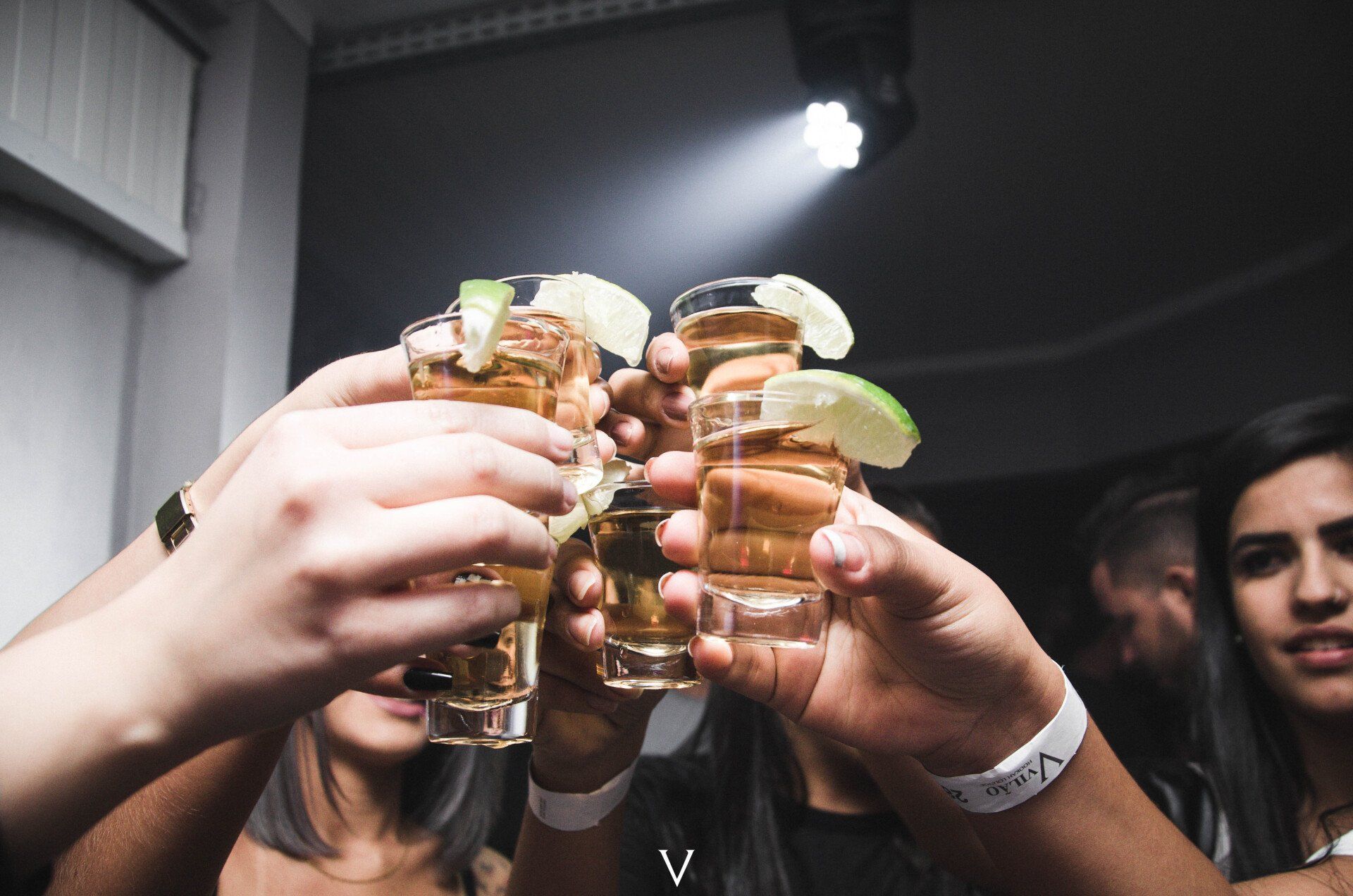
What is Tequila? Tequila is a distilled spirit and a type of mezcal. The liquor is made from agave plants and produced only in specific parts of Mexico. Depending on where the agave is grown, the taste of tequila can vary by the bottle. Similar to the way whiskey can be broken down into more specific categories like bourbon and scotch, tequila can be broken down as well. There are three main types of tequila—blanco (silver, unaged), reposado (aged for 2 to 9 months in wood barrels), and añejo (aged for a minimum of 1 year in wood barrels).

